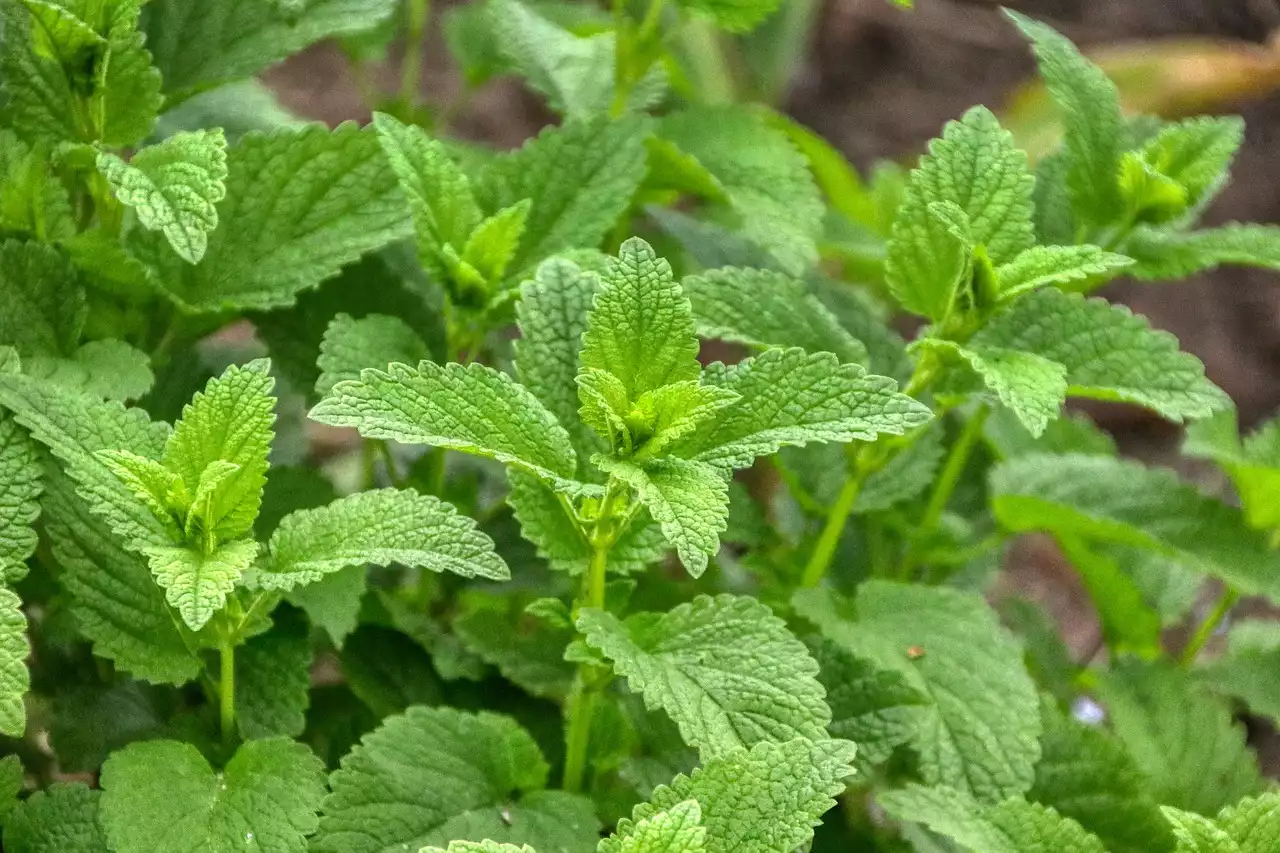The innate immune system is the first line of defence against pathogens, such as bacteria and viruses. Similar to a security guard, the innate immune system is always listening for danger signals. When it hears them, the innate immune system springs into action almost instantly, regardless of whether you’ve had your flu shot or not. It does this through a network of cells and receptors scattered throughout the body that recognize pathogens as invaders and sets off alarm bells in response. This includes initiating inflammation (redness, heat, swelling) to physically drive pathogens out of our tissues; cytokines to signal other cells that there are intruders, and interferons to activate antiviral genes. The innate immune system is slower than the adaptive immune system because it takes time for these responses to accumulate. However, once it gets going, there’s no stopping it!
Innate immune recognition
The innate immune system is the first line of defence against pathogens, such as bacteria and viruses. Similar to a security guard, the innate immune system is always listening for danger signals. When it hears them, the innate immune system springs into action almost instantly, regardless of whether you’ve had your flu shot or not. It does this through a network of cells and receptors scattered throughout the body that recognize pathogens as invaders and sets off alarm bells in response. This includes initiating inflammation (redness, heat, swelling) to physically drive pathogens out of our tissues; cytokines to signal other cells that there are intruders; and interferons to activate antiviral genes. The innate immune system is slower than the adaptive immune system because it takes time for these responses to accumulate. However, once it gets going, there’s no stopping it!
Cytokines
Cytokines are proteins that are produced by immune cells when they encounter a pathogen and are critical for triggering the inflammatory cascade. When the innate immune system is activated, immune cells release cytokines that increase blood flow, increase blood vessel permeability, attract leukocytes, and activate the coagulation cascade. There are many different types of cytokines, which are classified based on the function they perform. For example, interferons are antiviral cytokines that activate the adaptive immune system. Type I interferons are responsible for the flu-like symptoms that are associated with viral infections. Cytokines also serve as communication signals between immune cells. For example, TNF-alpha (tumor necrosis factor-alpha) is a cytokine that is produced by macrophages in response to pathogens and acts as a signal to other immune cells to increase their immune response.
Interferons
Interferons are antiviral cytokines that bind to the receptors on virus-infected cells and stop viral replication. They also bind to the receptors on the DNA of cells in the immune system, which triggers the expression of antiviral genes.
Adaptive immune recognition
The adaptive immune system is like the military of the immune system, responding to specific pathogens with tailored methods. The innate immune system, on the other hand, is more like the police, responding to all dangerous situations. The adaptive immune system responds to specific pathogens with tailored methods. This means the immune system has to “know” what it’s fighting before it can respond. To figure this out, the adaptive immune system uses specialized cells to recognize different types of pathogens. There are two types of specialized cells that contribute to the adaptive immune response: B-cells and T-cells. B-cells are responsible for producing antibodies, which are proteins that help fight bacterial and viral infections. There are five different types of B-cells that make antibodies that target different types of pathogens, such as bacteria and viruses. Cytotoxic T-cells kill pathogens directly, like macrophages in the innate immune system. They are also important for activating the B-cells to make antibodies. T-cells and B-cells work together to fight infections.
Helmingua Shiedinga
Helmingua shiedinga is a rare disease in which a person's immune system attacks their nerves, causing a wide range of symptoms, including numbness, tingling, pain, muscle weakness, and loss of sensation in their hands and feet. The disease is believed to be an autoimmune disorder in which the immune system, which is supposed to protect the body from invaders such as bacteria, mistakenly attacks parts of the nervous system. Helmingua shiedinga is often triggered by an infection. It often affects people who have other autoimmune diseases, such as lupus, rheumatoid arthritis, and multiple sclerosis.
Conclusion
The innate and adaptive immune systems are important parts of the body's defense against disease and infection. Innate immunity is the first line of defense in this process, and it is present in all forms of life. Adaptive immunity is the second line of defense and is specific to each individual. When the threat of disease and infection looms, these systems kick into gear, creating conditions that are unfavorable for the bugs and bacteria that cause infections and disease.


 Stress management techniques for a healthier lifestyle
Stress management techniques for a healthier lifestyle
 The basics of the ketogenic diet and its potential benefits
The basics of the ketogenic diet and its potential benefits.png?size=50)
 Setting Boundaries: The Key to Healthy Relationships and Mental Health
Setting Boundaries: The Key to Healthy Relationships and Mental Health The Relation of Inflammation to the Immune System
The Relation of Inflammation to the Immune System Exploring the Adaptive Immune System
Exploring the Adaptive Immune System Anatomical, Physiological Barriers and Bacteria
Anatomical, Physiological Barriers and Bacteria A look at Target Cell Lysis
A look at Target Cell Lysis